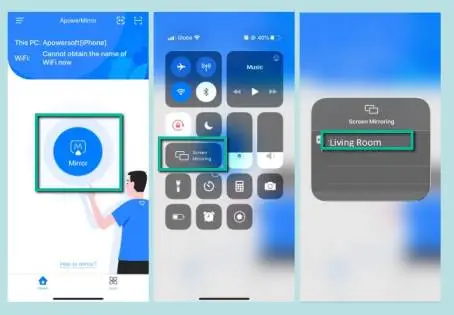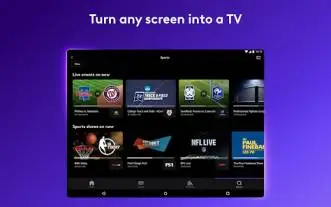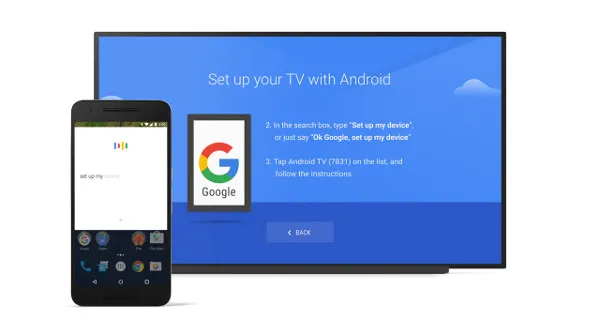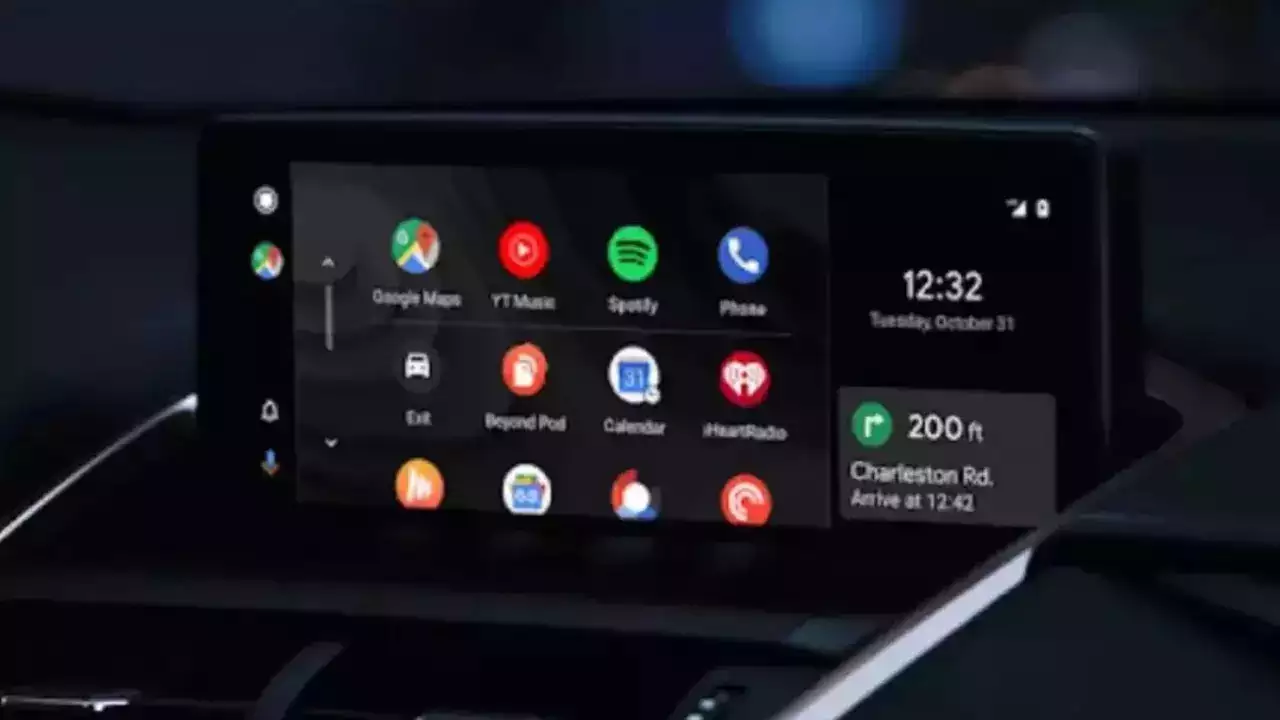
2023 predictions for mobile gaming
I began writing predictions for the mobile gaming market in 2013. For a full itemize of historical predictions, see the following: 2013, 2014, 2015, 2016, 2017, 2018, 2022. I don’t remember my justification for pausing the practice between 2019 and 2021, but I did, which makes this 2023 prediction post my 8th in the series.
Prediction posts are often ridiculed. Predictions are criticized for stuff overly vague, or for stuff very specific and incorrect; they are criticized for stuff self-serving; they are criticized for stuff suppressed and forgotten when they are wrong; they are criticized for stuff obsessively prestigious when they are right; they are criticized for capturing current trends and thus not stuff sufficiently forward-looking.
All of these things can be true. And yet, I still find the practice of writing predictions to be incredibly valuable, to myself as an tampering exercise and, hopefully, to the reader as a suggestion of how the market might evolve in the near term. I’m not overly concerned well-nigh getting predictions “right.” If it helps the reader to establish realistic expectations, I’ll declare that every one of my predictions unelevated well-nigh the mobile gaming market in 2023 will be wrong. And yet, I’d oppose that going through the process of thinking well-nigh the next year in the mobile gaming space was a worthwhile use of my time and that the same is true of the 15 minutes or so required to read them.
Back in November, I published Mapping the post-ATT future of mobile free-to-play gaming, in which I outlined several dynamics that I believe will take root within the mobile gaming category as a result of Apple’s App Tracking Transparency (ATT) privacy policy and the sundry other privacy restrictions that will soon moderate worriedness on mobile and increasingly widely in the digital sphere. ATT indisputably has created operational frictions within the mobile gaming space: Newzoo estimates that the mobile gaming market, which comprises the majority of the overall digital / interactive gaming market, contracted by 6% in 2022 relative to 2021. I symbol some of that ripen to waffly consumer preferences related to a return to post-COVID behavioral norms — stay tuned for a longer post on the topic next week. But ATT has unmistakably disturbed the status quo for mobile gaming and it will protract to influence the minutiae of the category in the coming years. ATT has highlighted the stratum to which frictions in razzmatazz and, increasingly broadly, distribution dictate commercial outcomes within the mobile gaming space.
Below I present a handful of pithy predictions for the mobile gaming market in 2023, grouped by theme.
Market dynamics
- Mobile gaming will wits a systemic “move to the middle” that will lead to a resurgence of unstudied gameplay mechanics. I described this potential outcome in How iOS14 might transpiration consumer policies on mobile, and it is once happening to some extent, but I think the shift in minutiae focus to unstudied game mechanics will wilt pronounced in 2023.
- Larger companies will welsh user vanquishment and squint to M&A for DAU growth. Acquiring proximal games will be seen as a growth strategy that is economically superior to user vanquishment for larger studios. Games-only acquisitions will wilt increasingly worldwide as the post-ATT direct-response razzmatazz reality is undivided and undisputed broadly.
- Hybrid monetization strategies will proliferate. Subscriptions will wilt significantly increasingly common, expressly for legacy games. While I don’t see off-platform monetization gaining material traction in 2023, I do think increasingly studios will squint to shift monetization yonder from one-off IAPs into higher-value subscriptions to momentum ARPPU increases. This will wilt imperative as the market increasingly eschews loot boxes; Supercell, for instance, removed loot boxes from Brawl Stars last month.
- Brand spend will reach a material (10% ) proportion of in-game ads monetization. Brands will uncork razzmatazz in mobile games in hostage as a result of not stuff crowded out by mid-core / hard-core game advertisers. New tools will come to market to enable trademark measurement, razzmatazz transparency, and brand-content suitability.
- User-level personalization will create a competitive wholesomeness and overtake user vanquishment in terms of resourcing and internal studio infrastructure. Somewhat as a corollary to #1 above, studios will understand that attracting a broad, diverse regulars and retaining it through user-level, in-game personalization is hair-trigger to success in the post-ATT environment. As a result, studios will momentum investment into personalization infrastructure that will eclipse what is invested into user vanquishment tools and technology. Studios will realize that the path to reaching “casual acquisition, cadre monetization” economics is through user-level personalization related to special offers, content pathways / journeys, difficulty scoring, cross-promotion, behaviorally-relevant bundles and content packages (perhaps plane empowered by generative AI!), etc. This will wilt much increasingly straightforward as a result of World dramatically expanding the number of possible IAP price points last month.
- The mobile gaming market will be roughly unappetizing or slightly up in 2023 relative to 2022. I don’t believe that the mobile gaming market will contract in 2023 — I think content and operational adaptations, coupled with the new measurement capabilities unlocked by SKAdNetwork 4.0 that will come to market in the second half of next year, will result in the mobile gaming market growing by between 0-5% in 2023.
- The hypercasual category as it exists today goes extinct. I predicted when in July that Google’s new restrictions on ad placements and formats — what it calls its “Better Ads Experiences policy” — would skiver the hypercasual category. Google recently began enforcing these restrictions and I believe that the hypercasual category, which was once facing substantial friction on iOS as a result of ATT, will closure to exist in its current state as a result. This chart depicts every game launched on Android in 2022 that A. has a rating of less than 3 and B. reached a Top 100 Downloaded (overall) position. These games are what I undeniability “feeders”: they rocket up the Top Downloaded orchestration considering their invasive, obnoxious ads (evidenced by the <3 rating) create unbearable ads monetization substance to support sizable user vanquishment spend. As these apps scale DAU through user acquisition, other hypercasual game developers purchase installs from them. When “feeder apps” are no longer worldly-wise to monetize with invasive ads per the new Google policy and are thus no longer worldly-wise to reap users, the spigot of new users within the hypercasual category will be shut off.
Early-stage operational considerations and fundraising
- 60% Day One retention becomes the new bar to well-spoken for traction-based fundraising. Games with low early-stage retention that stabilizes quickly (eg. 30% Day One, 10% Day 30) will struggle to raise funding; post-ATT vanquishment economics simply don’t favor this retention profile. Games will need to showcase “casual acquisition, cadre monetization” unit economics to raise funding. Investors will solidify virtually 60% Day One retention as a success benchmark (note: I don’t necessarily stipulate with this overly simplistic tideway to assessing viability!).
- Talent will repatriate to mobile games from web3 gaming. The fallout from FTX and the nippy of the broader crypto winter will vamp talent that had previously decamped from mobile gaming to web3 gaming. A non-trivial percentage of companies that raised funding to build web3 games in 2021-2022 will pivot to mobile gaming. Note that I don’t necessarily think this is mutually sectional with the idea that a new web3 “hit” may sally in 2023 — it’s possible! — but I don’t believe the unconfined preponderance of pre-product start-ups that raised money to build web3 games in 2021-2022 will stay single-minded to that mission.
Punts / specific predictions
- Microsoft’s vanquishment of Activision will be allowed, and King will wilt an important part of Microsoft’s razzmatazz growth story. The FTC’s arguments versus Microsoft’s vanquishment of Activision seem flimsy, insubstantial, and unlikely to block the transaction. I believe that the vanquishment will be completed in 2023 (the deal was originally targeted to tropical by June 30, 2023) and that King will play a hair-trigger role in Microsoft’s flourishing razzmatazz merchantry and growth ambitions.
- Netflix will publish a free-to-play mobile game that is wieldy outside of a Netflix subscription. I believe that Netflix’s gaming strategy will expand in 2023 vastitude worth gating to a increasingly broadly-accessible publishing approach, with at least one game stuff released as an unshut install (vs. the existing games, which are only wieldy with an zippy Netflix account). Publishing a game as an unshut install would expand Netflix’s reach with its advertising product, the purpose of which is ostensibly to grow DAU. Note that Netflix was unable to fulfill the demand for inventory from its forerunner clients considering of a lack of ad-tier subscribers: expanding its supply through an open-install mobile game would write that.






![How I Ditched Google Photos and Took My Backups Back [Video]](/featured/2024/07/ditched-Google-Photos.webp)



